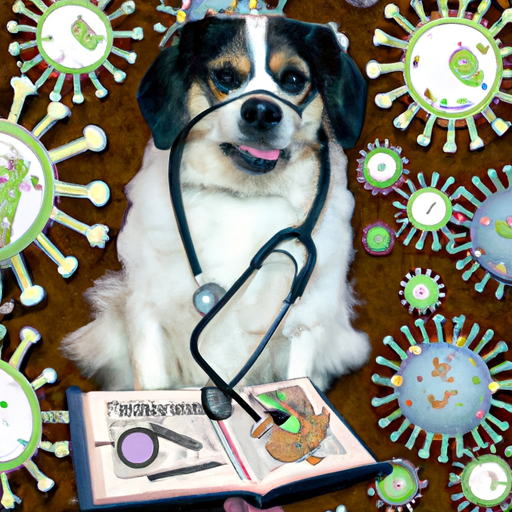As a dedicated caregiver, you play a vital role in ensuring your furry companion enjoys a healthy, vibrant life. One of the tools you may encounter in your dog’s health journey is penicillin. Let’s delve into how this antibiotic helps dogs, and how you can use it effectively.
Understanding Penicillin
Penicillin was the first antibiotic discovered. It has been a cornerstone of human medicine since the 1940s, and veterinarians also frequently prescribe it for dogs.
Penicillin works by disrupting the formation of bacterial cell walls, making it fatal to the bacteria. It’s classified as a broad-spectrum antibiotic, meaning it’s effective against a wide range of bacterial infections.
When Penicillin is Prescribed for Dogs
There are several conditions where penicillin might be the ideal solution for your dog.
- Skin Infections: Penicillin is often used to treat skin infections caused by Staphylococcus and Streptococcus bacteria. It can help heal wounds, abscesses, and cellulitis.
- Respiratory Infections: This antibiotic can be effective against certain types of pneumonia and other respiratory infections in dogs.
- Urinary Tract Infections: Penicillin can be used to treat UTIs caused by bacteria.
- Gastrointestinal Infections: If your dog is suffering from a bacterial infection in their digestive tract, penicillin might be the prescribed antibiotic.
Side Effects and Precautions
While penicillin is generally safe for dogs, it’s not without potential side effects. Some dogs might experience allergic reactions to the medication, which can manifest as hives, difficulty breathing, or swelling of the face, lips, or tongue.
Other common side effects include:
- Diarrhea
- Nausea
- Vomiting
- Loss of appetite
If your dog shows any of these symptoms, contact your vet immediately.
Dosage and Administration
Penicillin dosage for dogs varies depending on the type of infection, the dog’s weight, and their overall health status. Your vet will provide the correct dosage and administration instructions.
Never attempt to self-diagnose or treat your dog with penicillin without consulting a vet. Misuse of antibiotics can lead to antibiotic resistance, a serious global health issue.
FAQ
1. Can I give my dog human penicillin?
No, it’s not recommended to give your dog human penicillin. The dosage and formulation may differ, potentially leading to an overdose or ineffective treatment.
2. How long does it take for penicillin to work in dogs?
You may start seeing improvements in your dog’s condition within 48 to 72 hours. However, continue the medication for the full duration prescribed by the vet, even if your dog seems to have recovered.
3. Can penicillin cause diarrhea in dogs?
Yes, diarrhea is a common side effect of penicillin in dogs. If it persists or is severe, contact your vet.
4. Can a dog be allergic to penicillin?
Yes, dogs can have allergic reactions to penicillin. If you notice signs of an allergic reaction, such as hives, swelling, or difficulty breathing, seek immediate veterinary care.
5. What should I do if my dog misses a dose of penicillin?
If your dog misses a dose, give it as soon as you remember. If it’s close to the next dose, skip the missed dose and continue with the regular schedule. Never give a double dose.
As a caregiver, understanding the medications your pet may need is part of the responsibility. When administered correctly, penicillin can be a powerful tool in combating bacterial infections in dogs. Always consult with your vet for the best treatment options.



